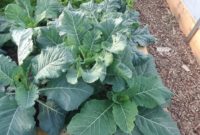As a result, plant growth in containers is impacted by a variety of factors including container style, container substrate, weather, and irrigation uniformity. Water is a critical component of plant growth, and all of the other factors mentioned above influence the amount of water available to container nursery plants.
Various container styles and substrate types have different capacities for holding water. On cloudy or overcast days, transpirational water losses decline. The amount and frequency of water applied by irrigation is adjusted to offset plant water losses in the context of all of the other factors that might increase or decrease plant water use.

Irrigation systems most commonly used in container nurseries fall into two main types/categories:
- Overhead Sprinklers
- Microirrigation
Each irrigation system has strengths and weaknesses. System selection depends upon: intended use, topography of the site, water supply (i.e., water quality and quantity), availability of funding, and desired profitability.
